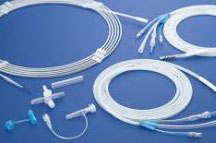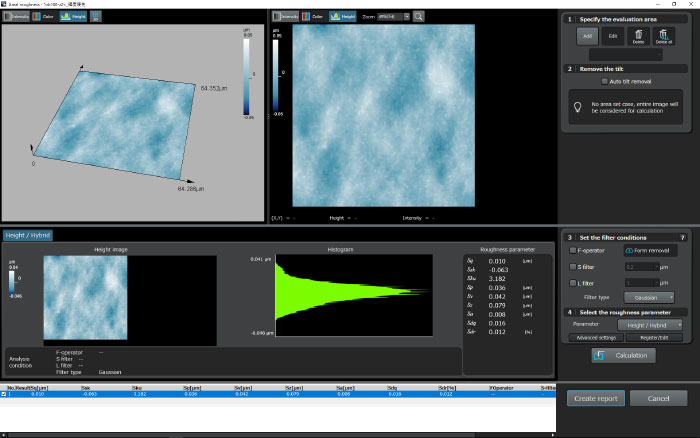
Examples of medical tubing
Application
Medical tubes have many uses, such as for blood transfusions. Because fluid directly entering or exiting the human body flows through the tubes, they must meet very high quality standards. Two of the most important standards they must meet are nonadhesiveness to help prevent drugs and blood from sticking to the tube’s wall and minimal air bubble adherence. To achieve nonadhesiveness, the surface of the tube’s inner wall should be as smooth as possible. However, some level of roughness is still required to prevent air bubbles from forming in the tube, but the roughness cannot interfere with the tube’s transparency.
To meet these very specific standards, the roughness of the tube’s inner surface must be carefully controlled. To do this, manufacturers quantify the roughness of their tubes to ensure that they are meeting the standards. However, some tubes may have a special coating on their inner surface or have a small diameter, making the roughness measurements very challenging.
Olympus' solution
Roughness measurement using the OLS5000 3D laser scanning microscope
Measuring the roughness of the inner wall of medical tubing
- Noncontact roughness measurement using the microscope’s laser scanning method does not damage the tubes, even if their inner surface is coated. This minimizes the risk of inaccurate roughness data caused by damage to the tube’s inner wall.
- The roughness of the inner wall of small-diameter tubes can be measured using the microscope’s long working distance objectives.
- The microscope measures planar roughness, and when a specific peak exists in the tube’s inner tube, the system can acquire the shape data without missing the peak.
- The system can horizontally stitch together 3D data so that you can evaluate roughness data over a wide area.
- Roughness is acquired as numerical data, but can also be acquired and displayed as color, laser, and height image data. This makes it easier to check the tube’s texture using the visual data.
Images

An example of a roughness measurement of the inner wall of a medical tube

